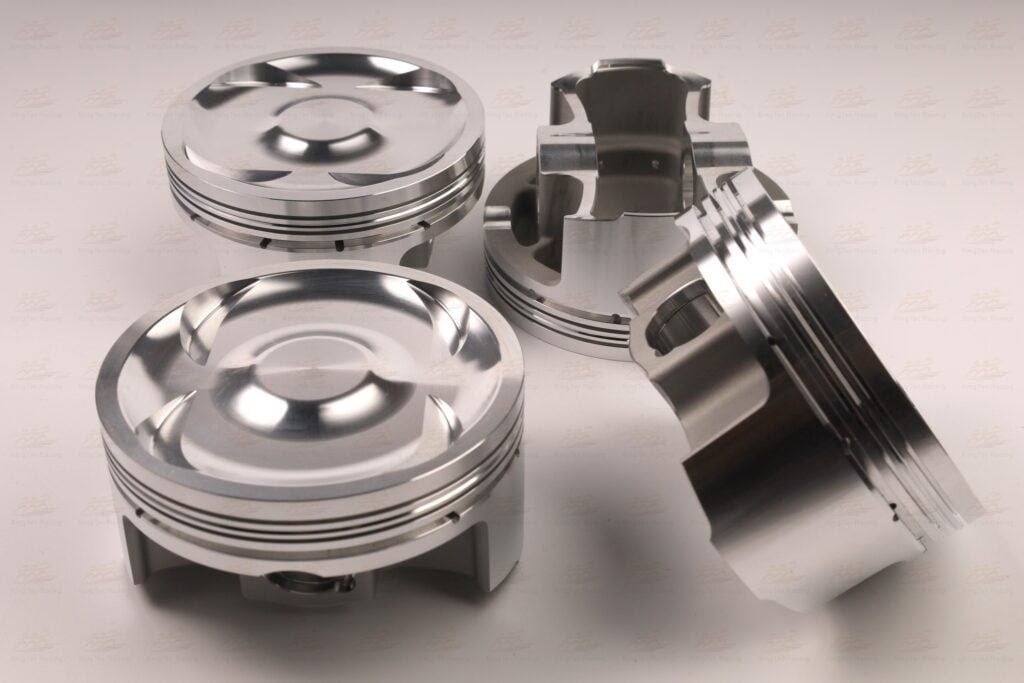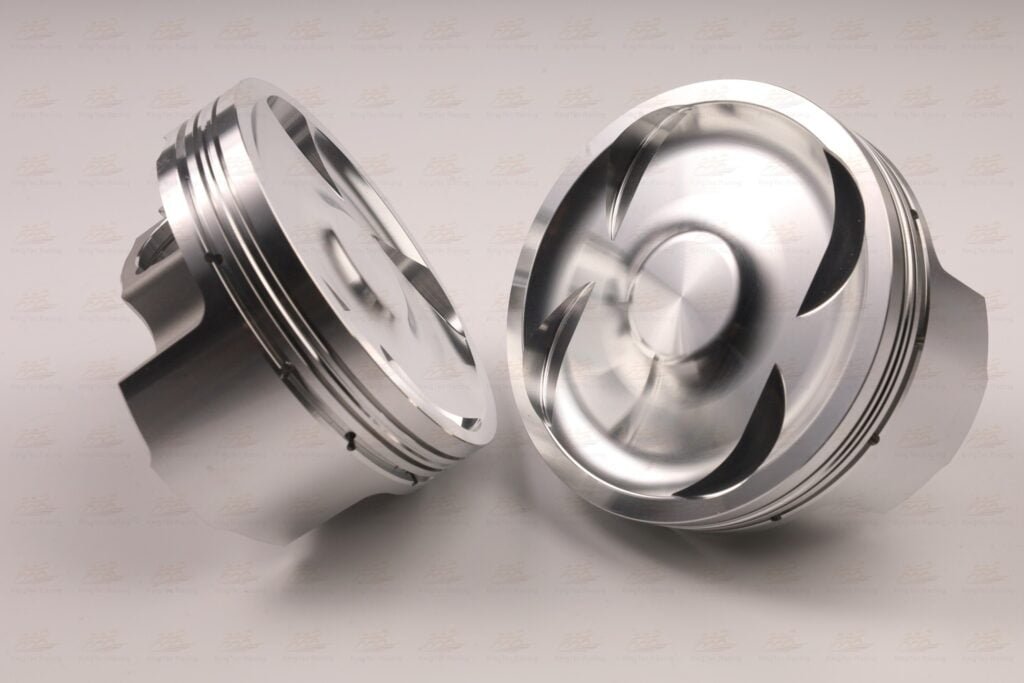There are some differences between turbocharged and naturally aspirated engines in terms of piston requirements, mainly in the following areas:
1. Strength and wear resistance:
In a turbocharged engine, the piston needs to withstand higher pressures and temperatures because the turbocharging system compresses and sends more air into the cylinder, which increases the pressure inside the combustion chamber. Therefore, the piston in a turbocharged engine needs to have higher strength and wear resistance to ensure normal operation under high pressure and high temperature.
In naturally aspirated engines, the pistons work under relatively mild conditions and are not subjected to excessive pressure and temperature. Therefore, the requirements for strength and wear resistance are relatively low for pistons in naturally aspirated engines.
2. Weight and inertia:
In turbocharged engines, the mass of the piston has a more significant effect on engine performance. A lighter piston reduces the inertial burden of the piston at high speeds, thus helping to improve engine responsiveness and power output.
Naturally aspirated engines have relatively relaxed piston weight requirements, as piston inertia has a relatively small effect on engine performance.
3. Materials and Manufacturing Processes
Pistons in turbocharged engines are usually made of higher strength and heat-resistant materials, such as high-silicon aluminium alloys in aluminium alloys or special alloys to cope with high-temperature and high-pressure operating environments.
Pistons in naturally aspirated engines can often be made of relatively lightweight aluminium alloys, as they are not subjected to high pressures and temperatures.
In general, pistons for turbocharged engines need to have higher strength, wear and heat resistance to cope with the high pressure and high temperature operating environment, and also need to take into account the quality of the piston in order to improve the engine’s responsiveness and power output. Pistons for naturally aspirated engines have relatively lower requirements in these areas.


Can the two be used interchangeably?
Pistons from turbocharged and naturally aspirated engines are usually not used directly interchangeably, as they usually have some differences in design and manufacture, mainly due to the following considerations:
1. Strength and abrasion resistance requirements are different:
Pistons in turbocharged engines need to withstand higher pressures and temperatures, so they are usually made of more heat-resistant, high-strength materials and undergo a special heat treatment process to ensure that they can function properly under high-pressure, high-temperature conditions.
2. Bump Design:
Pistons in turbocharged engines usually take into account the workings of the turbocharging system and may have special bumps or protrusions to accommodate higher compression ratios and combustion chamber designs.
3. Material and manufacturing process:
Pistons for turbocharged engines are usually made from higher grade materials such as high silicon aluminium alloys or special alloys and may undergo some special machining processes during the manufacturing process to ensure their performance.
Therefore, in general, the pistons of turbocharged engines and naturally aspirated engines are not directly interchangeable. If it is necessary to replace the piston, it is recommended to select the piston of appropriate design and manufacture according to the specific engine model and specification to ensure the normal operation of the engine.




